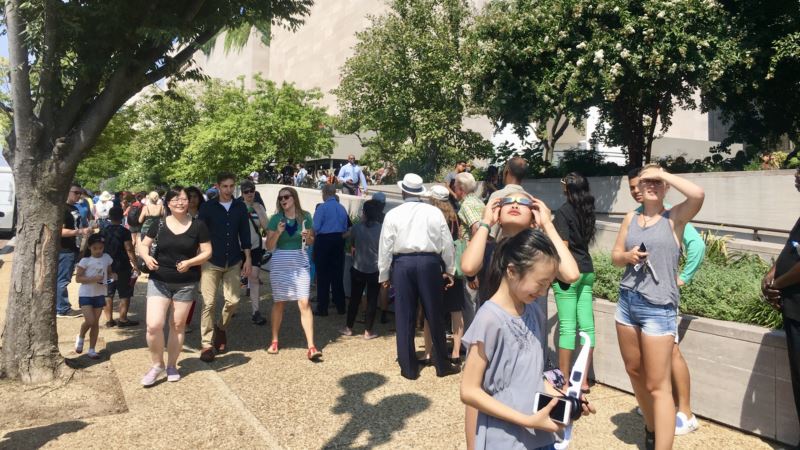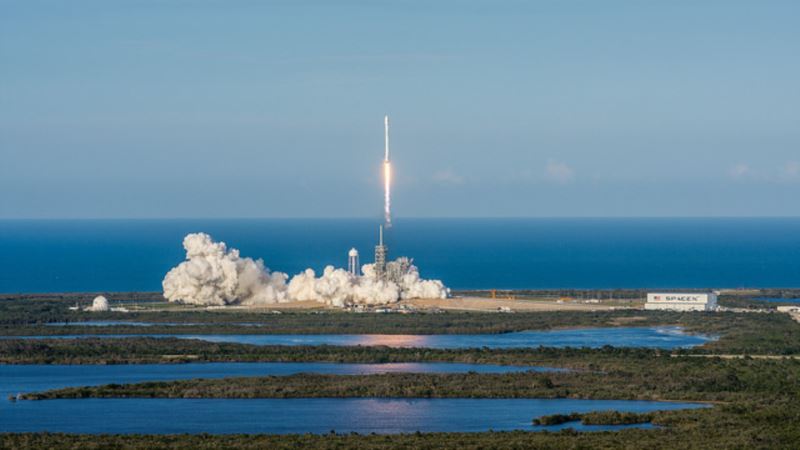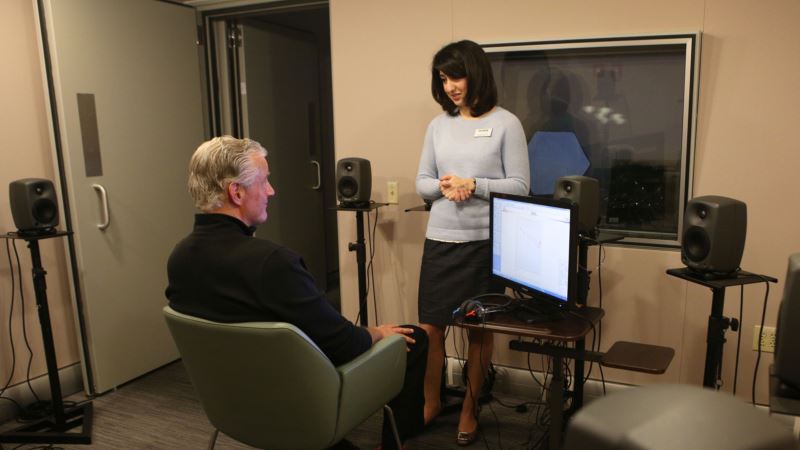A rare total solar eclipse began in the Western state of Oregon Monday, as millions of people across the U.S. prepare to watch the phenomenon from the Pacific to the Atlantic for the first time in 99 years. The temperature in Oregon dropped significantly as the moon moved to cover the sun. An estimated 200 million people live within a day's drive of Monday's path of totality, which starts from Oregon's Pacific Coast, across the U.S. heartland, all the way to South Carolina's Atlantic Coast. Cities, towns and parks across the path have been prepared for an influx of people with telescopes, cameras and protective glasses to watch what NASA said it expects to be the most watched and documented eclipse in history. More than 100,000 people have gathered in Madras, a town in Oregon with a population of 7,000 and one of the first places that will witness the celestial event. According to the Los Angeles Times, the National Guard had to be called in to assist with traffic jams in Madras because so many people wanted to view the eclipse there. The total eclipse will last longest near Carbondale, Illinois at 2 minutes and 44 seconds. The first city to enter totality will be Lincoln Beach, Oregon, at 10:16 a.m. Pacific time and the last to exit the totality will be Charleston, South Carolina, at 2:48 p.m. EDT. A total solar eclipse happens when the moon passes between the Earth and the sun and completely blots out the sun's light, except for the corona of its outer atmosphere. From Earth, the moon will appear to be the same size as the sun. This is possible because while the moon is 400 times smaller than the sun in diameter, it is also 400 times closer to Earth than the sun. When the two line up exactly, the skies go dark.
Millions Watching Total Solar Eclipse






